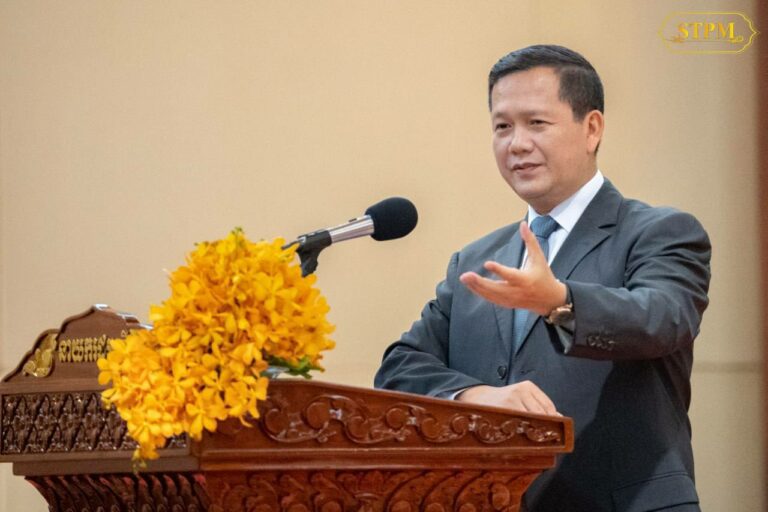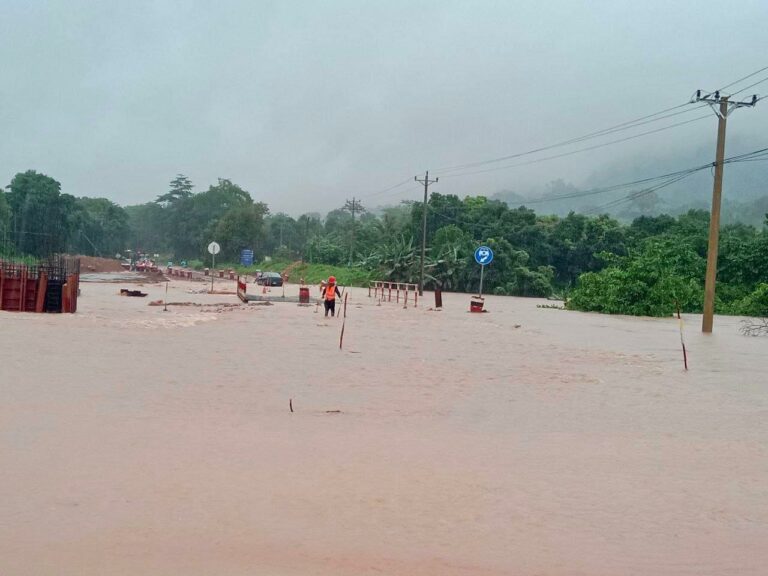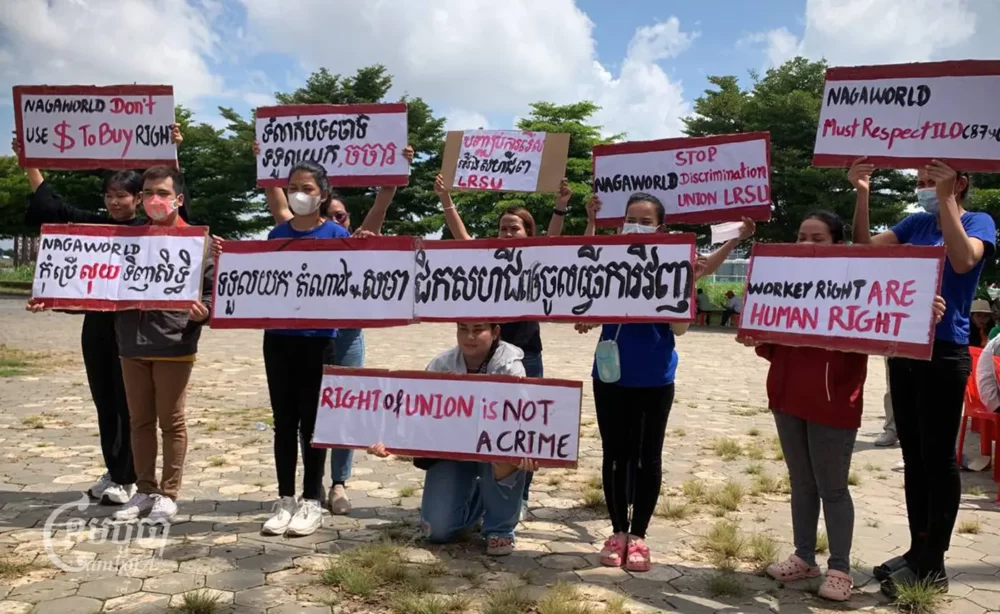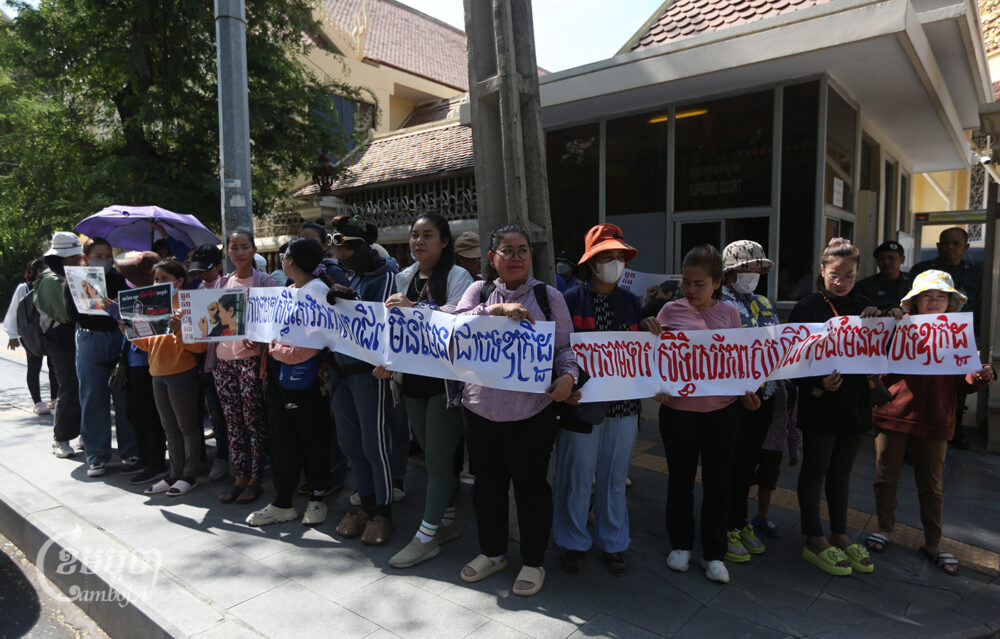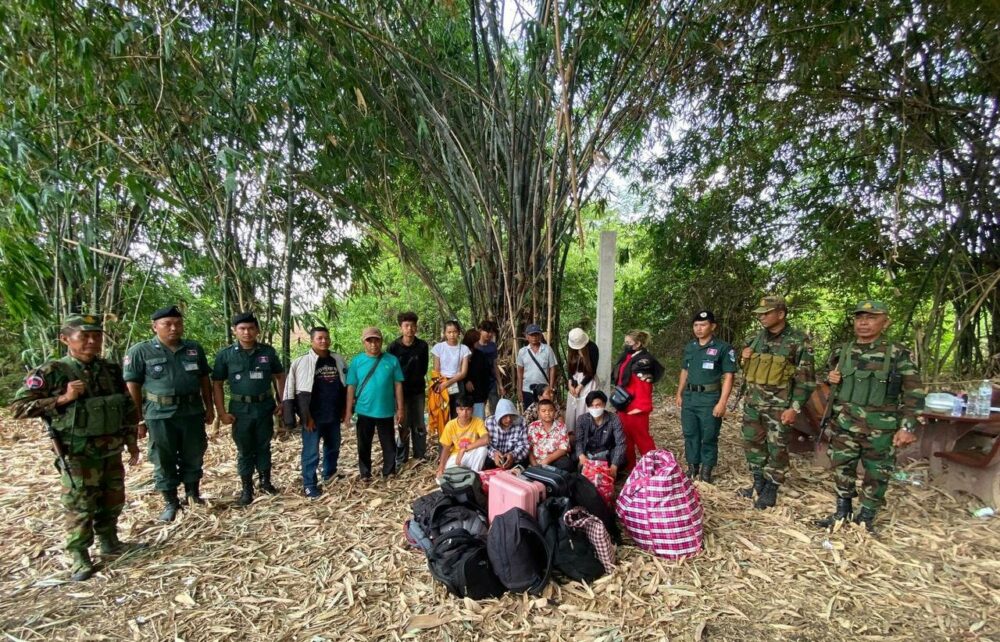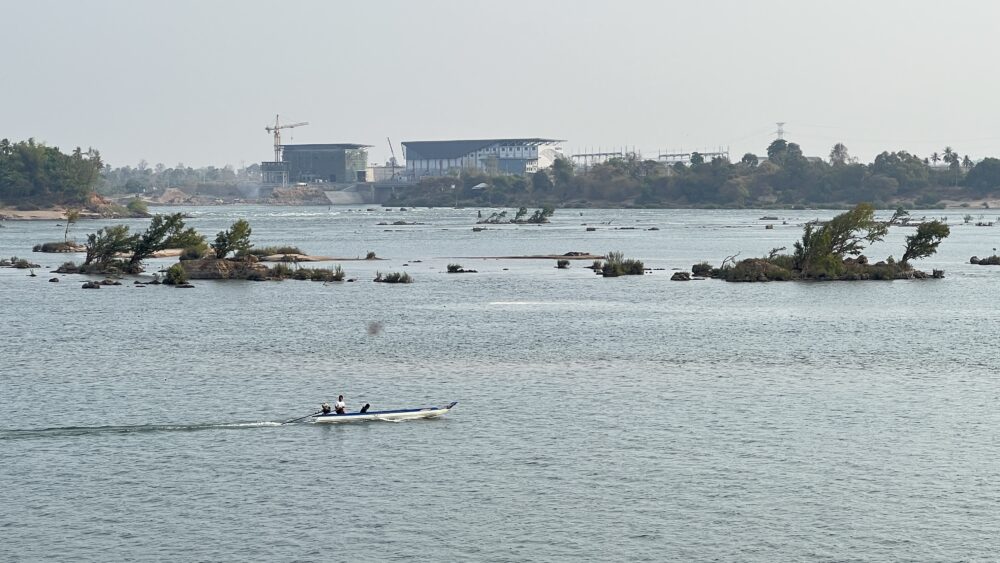Despite unclear guidelines and limited local policies for sustainable finance, the National Bank of Cambodia (NBC) and International Finance Corporation (IFC) have partnered to enhance financing for climate-friendly projects and support Cambodia’s transition towards a green economy.
“The financial sector plays a pivotal role, helping unlock capital for climate-friendly projects, but this will require the right policies and creation of an enabling environment,” said Yim Leat, Deputy Governor of the NBC. “We are committed to crafting a robust green finance policy framework to create a supportive financial ecosystem to channel and incentivize investment into green projects in Cambodia in support of the government’s climate ambition as outlined in the Nationally Determined Contribution under the Paris agreement.”
According to the United Nations Environment Programme, “green finance” aims to boost financial flows from public, private, and non-profit sectors towards sustainable development, managing environmental risks, pursuing profitable opportunities, and ensuring accountability.
Less guidance, limited policies
Cambodia’s green finance potential is hindered by a lack of guidance on what qualifies as green finance and limited green policies amongst local financial institutions to innovate for sustainable finance practices and products, the press release stated.
Sophoan Phean, National Director of Oxfam said Cambodia has developed some policies and regulations for sustainable finance and boosting green finance, however more work needs to be done.
“For the policies and regulations that have been developed, the related regulators and stakeholders, especially the government should develop clear guidelines and action plans for implementation,” she said.
In the long term, regulators and government should explore feasible incentives, such as fiscal policies or benchmarking practices from the region, to formally promote and enhance positive initiatives and best practices in Environment, Social and Governance (ESG) implementation and increase environmental policies to mobilize private finance.
Other challenges that prevent Cambodians from achieving green finance, Sophoan said, were limited awareness of the concept of green growth, limited institutional coordination for more coherent policymaking and the lack of understanding about green financing.
No green financing policies yet
NGO Forum executive director Soeung Saroeun told CamboJA that there are a number of obstacles to putting green funding policies into practice, such as unclear definitions, and a lack of regulations.
“So far, green financing lacks any clear definition or criteria, although several projects claim to be green,” he said. “Due to a lack of guidelines, definitions and criteria, it is difficult to identify whether projects are green or have negative social effects that could undermine positive environmental impacts.”
According to Oxfam’s Sophoan, since 2023, the government has prioritized green growth to balance the economy, environment, society and culture. They have established the National Council for Sustainable Development to develop policies and legislation for sustainable development.
According to a research report on Green Financing Policy Implementation in Cambodia published in February 2022, the Ministry of Environment (MoE) signed an MoU with the NBC to implement green financing in Cambodia.
However, the central bank has acknowledged that capacity building is necessary for both their policymakers and implementers as well as for other stakeholders working on establishing and executing green financing policies. That said, the study noted that the NBC has yet to release any policies relating to green financing.
Strengthen regulatory environment
MoE Minister Eang Sophalleth told CamboJA that in accordance with the first phase of the Pentagon Strategy, the ministry has launched “The Circular Strategy on Environment 2023–2028” to indicate priority work to ensure environmental sustainability and environmental integrity to respond to climate change and promote green economic development.
Investment in the green economy is beginning to grow, with investment in clean energy currently accounting for 62% and up to 70% by 2030, with more investment projects planned, Sophalleth said.
In order to designate green assets that qualify for green investment, the partnership is expected to help strengthen the regulatory environment by creating a national taxonomy that adheres to best international standards.
Furthermore, the collaboration aims to enhance the ability of financial institutions and develop pertinent procedures, such as disclosure and reporting obligations concerning green lending and ESG risk.
“This agreement supports Cambodia’s ambitious plans to address climate change risks and foster a strong green finance market. As leaders in global green finance, we are uniquely positioned to help the nation mobilize essential climate financing, contributing to the country’s green and inclusive growth map for future resilience,” said Asad Yaqub, IFC Resident Representative for Cambodia.
With support from the Facility for Investment Climate Advisory Services (FIAS), the project will be implemented in three years and the national taxonomy is expected to be in place by 2025.
Consequences of not achieving “green finance”
Meanwhile, Sophoan added if green finance is not achieved, there are consequences including environmental degradation, climate change impact, economic risks, missed economic opportunities and social injustices.
She explained that insufficient green investment can worsen environmental degradation, leading to deforestation, pollution, and increased greenhouse gas emissions and climate change, while insufficient financing for climate change measures increases climate-related events, community displacement, and vulnerability to natural disasters due to extreme weather.
Without achieving green finance, marginalized communities, including low-income areas and indigenous populations, bear the brunt of environmental degradation and climate change impacts. The burden of environmental pollution, lack of access to clean water and adequate healthcare, could result in social injustices.
Nevertheless, MoE’s Sophalleth said there is no challenge in promoting a green economy to achieve the Cambodian government’s support for climate change.
Cambodia is currently ranked 62 out of 191 countries on the 2022 Inform Risk Index – a global, open-source risk assessment for humanitarian crises and disasters. The country is highly exposed to flooding and recurrent droughts that have worsened over the years.
Last month, the World Bank’s Cambodia Country Climate and Development Report stated that climate change could cost Cambodia’s GDP up to nine percent by 2050 and raise its poverty rate by up to six percentage points by 2040 if appropriate adaptation and mitigation measures are not taken.
The report estimates the country would need up to $36 billion in additional investment from both public and private sectors over the next three decades to achieve its climate goal of carbon neutrality by 2050.




